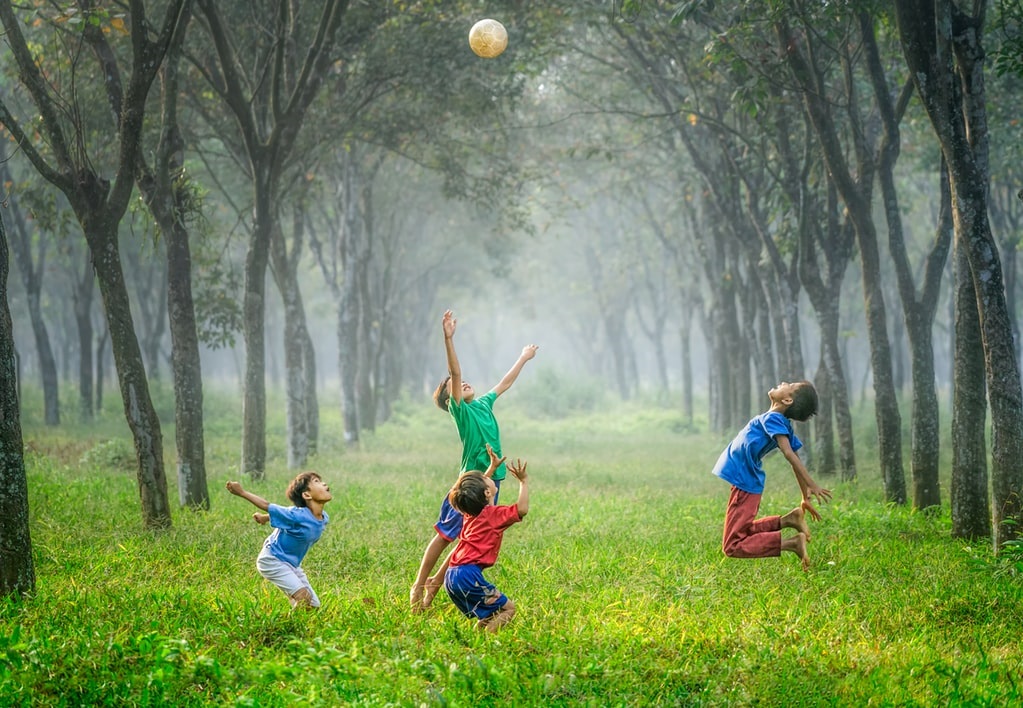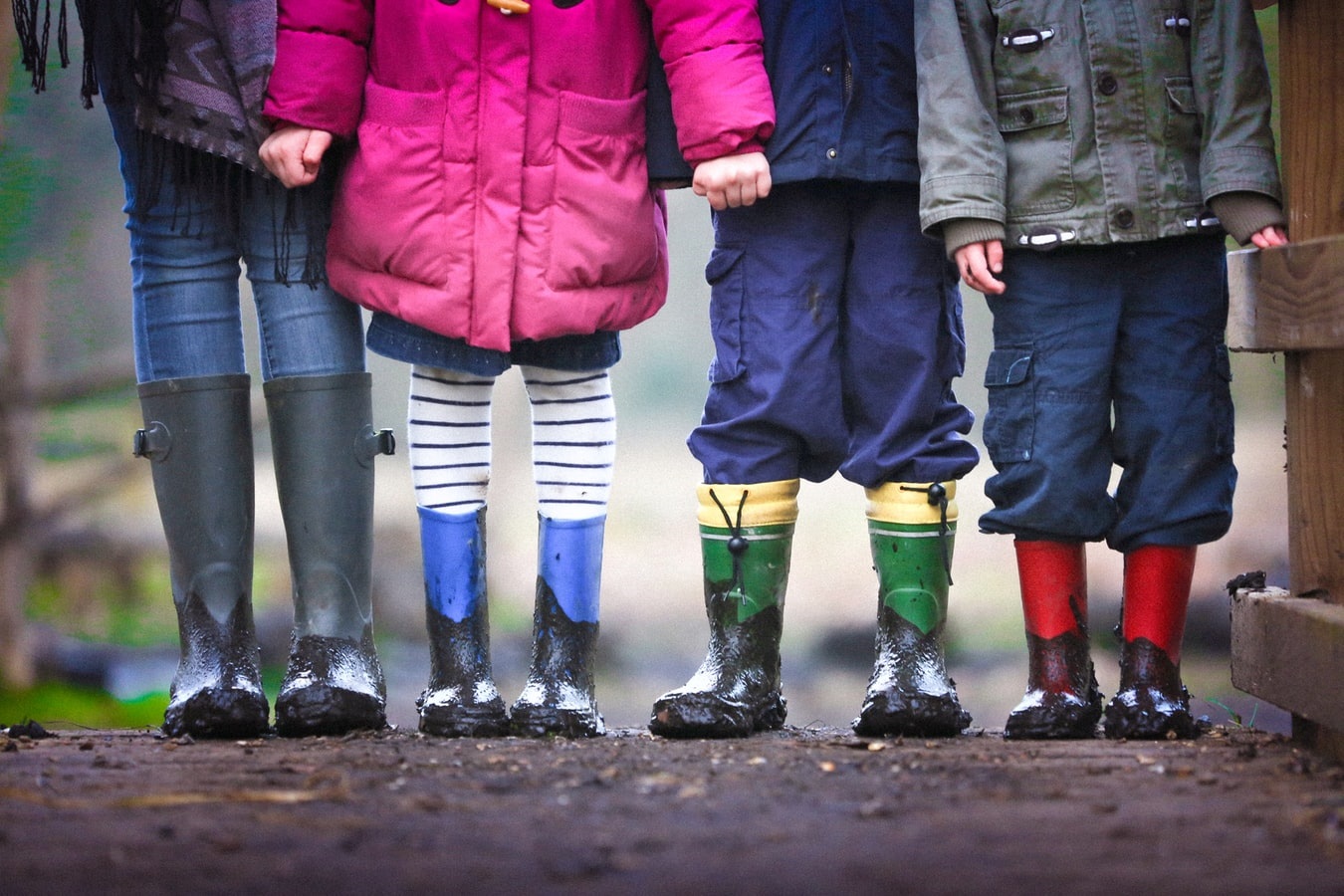Child protection policies: What they are? Why they are so important? When they are necessary?

date: 14/01/2020
Case studies
Below are 3 fictional situations that can occur when you are implementing a project:
Case study 1: Organisation Play with children organises weekly art workshops for children. It employs professional art teachers and students as trainees/volunteers. It runs a blog where it posts photos of art work together with photos of the artists.
One day, the parent of a 12-year-old boy was late picking him up. His teacher offered to drive him home. They had a chat in the car, the boy showed the teacher more of his art work and since then they have been in touch outside workshop hours on WhatsApp.
The teacher has also posted some of the boy’s work done at home, including portraits of his younger siblings.
Case study 2: A research institute is developing a training course for teachers on how to empower children to report bullying.
Children are invited to take part in focus groups, work with researchers and social workers when developing the course and comment on it once it is ready.
In the focus groups, several children talk about types of violent behaviour other than bullying that they have witnessed at school and at home.
Case study 3: A school is organising a summer camp for students.
An employee of the organisation in charge of sports activities recently got married. From his Facebook account, it is clear that his wife is under 18.
These fictional situations can take place when implementing a project. Everyone involved in situations like those above should know what the safeguards for children are – i.e. what are the rules to make sure children are not harmed and which is the appropriate response to take if they are harmed.
What is child safeguarding:
Child safeguarding is the responsibility that organisations have to make sure their staff, operations, and programmes do no harm to children, that is that they do not expose children to the risk of harm and abuse, and that any concerns the organisation has about children’s safety within the communities in which they work, are reported to the appropriate authorities.
(Keeping children safe)

What is a child protection policy (CPP) and why do we need it?
A child protection policy describes:
- the safeguarding measures that are in place to protect children
- the rules on how to behave when working directly with them
- how to protect children from abuse and harm
- who to report to if any issues arise
- how to respond to the situation in an appropriate manner.
Such a policy gives children/young people and parents useful information about how an organisation will handle these issues, guides all its employees in their daily work and makes the organisation accountable.
It also protects the staff, including volunteers and trainees. It must be publicly available (on the organisation’s website), clearly written and accessible and endorsed by all employees and management.
When are child protection policies required and why?
Under the REC and Justice programmes, each applicant intending to work directly with children must have a child protection policy. This means that if your project proposal foresees activities with children and your partnership includes organisations that will work directly with children during the project, these partners need to have a child protection policy in place.
‘Directly working with children’ means organising activities like questionnaires with children, focus groups, consultations on training and documents, piloting a training course or other activity, workshops, school visits, participation in meetings/conferences, etc.
Your child protection policy will be one of the key parts of your proposal. A well-designed policy shows that the organisation applying for funding is serious about working with children, knows how to protect and support them, is aware of potentially risky situations, has an appropriate structures and reporting mechanisms in place and knows how to react and support children and families if something bad happens.
We strongly encourage you to ensure your project involves participation by children at all stages. Children are obviously best placed to say what affects them and projects that address children’s needs are simply better if children have a say in these needs and how they want them fulfilled. But to ensure this participation is safe, you need to have child protection policies in place.
The quality of child protection policies submitted during the application phase is assessed under the criterion for operational capacity.
We recommend that you clearly indicate in your proposal if the project will involve children and which partners will be directly working with them.
If the child protection policy is not attached to the proposal or if it is badly written, the project will receive a negative score for operational capacity and will be rejected.
‘Badly written’ includes aspects like quoting verbatim from national legislation or the United Nations Convention on the Rights of the Child, using very general/vague statements about the organisation and its activities or having a manual of procedure that does not say anything about protecting children.

Tips & resources: must –have elements of the child protection policy:
Your child protection policy must:
- be freely available online
- describe the following in detail (using clear and direct phrasing – e.g. must, rather than may or should):
- potential risks to children as part of your organisation’s work and types of behaviour that are unacceptable when working with children
- your safe recruitment and data protection procedures
- how your staff are trained in child safeguarding and protection
- how often the policy will be updated
- who will act as your child protection officer
- your complaints procedures
- your reporting procedures (including forms and algorithms) about referral and child protection systems outside your organisation.
Developing & implementing the policy
- A child protection policy should be developed together with children – or they should at least be consulted – they know what works and what doesn’t for them;
- There is no single child protection policy that fits all cases – every organisation and project is different, so your policy needs to reflect these differences. Get inspiration from well-written documents, don’t just copy them;
- Work with relevant staff in your organisation to ensure they take ownership of the policy;
- Be practical – think about what works in your organisation and focus first on the good practices already in place;
- Establish links with others working in the child protection system;
- Appoint trusted persons at different levels, not only among management;
- Make a child-friendly version of the document, and put it online too;
- A good child protection policy doesn’t need to be very long;
- Review your policy on a regular basis – safeguarding children is not a one-time event, it’s
a process; - A child protection policy is not just a document – its principles must be an integral part of your organisation’s culture and be applied by all staff.
Guidelines on how to write and implement a safeguarding policy:
Examples of good child protection/safeguarding policies:
- Comic Relief’s safeguarding framework
- Protecting vulnerable children/adults (UK government)
- Empowering Children Foundation
- Terre des Hommes - child relief (Switzerland)
- Child protection (Irish government)

